Workplace injury management has evolved significantly over the years, but gaps still exist that hinder organisations from achieving optimal employee health and safety outcomes. For workplace safety officers, addressing these gaps is crucial, as poor injury management can lead to increased absenteeism, reduced productivity, and heightened risk of workplace incidents. Let’s break down the five critical gaps in workplace injury management and examine practical approaches to resolve them.
The Gaps in Workplace Health Management
1. Limited Access to Specialised Care
Many organisations struggle to provide employees with timely access to specialised healthcare services. This delay can prolong recovery times and impact overall workforce health.
2. Fragmented Care Coordination
When employees navigate their recovery journeys alone, they often face disconnected care pathways, leading to confusion and suboptimal treatment outcomes.
3. Compliance Challenges
Keeping up with occupational health regulations and ensuring compliance can be a daunting task for HR and safety teams, especially in complex industries.
4. Administrative Overload
Managing health-related logistics, from medical appointments to follow-up care, places a significant burden on HR and workplace safety officers, diverting attention from strategic priorities.
5. Inadequate Return-to-Work Programme
Lengthy recoveries harm employee well-being and increase financial strain, while poor return-to-work programs heighten deconditioning and re-injury risks.

Effective Strategies to Address the Gaps
Workplace safety officers can take a proactive role in addressing these challenges through thoughtful planning and the integration of effective injury management practices:
1. Streamlined Access to Care
Ensuring employees have a clear pathway to specialised care reduces delays and improves recovery outcomes. Leveraging partnerships with healthcare providers can help bridge this gap.
2. Coordinated Care Pathways
Developing systems for seamless communication between healthcare providers and employees helps eliminate confusion and ensures that care plans are followed effectively.
3. Regulatory Compliance Support
Collaborating with experts in occupational health regulations can provide the guidance needed to meet legal standards while minimising compliance risks.
4. Administrative Simplification
Implementing tools and resources to manage healthcare logistics, such as scheduling platforms or third-party services, can reduce the burden on HR teams and safety officers.
5. Proactive Health Initiatives
Designing and implementing preventive programmes, such as wellness workshops, ergonomic assessments, and mental health resources, fosters a healthier and safer workplace environment.

AnjouHealth’s Workplace Injury Management
By providing a full suite of medical concierge services coupled with the guided expertise of our allied health professionals, AnjouHealth addresses commonplace gaps in workplace injury management. Our team’s ability to respond quickly, provide actionable recovery plans, and to coordinate administrative and logistical challenges ensures that companies are equipped with a comprehensive solution to address non critical workplace injuries.
Our fully integrated solution not only expedites recovery outcomes for employees but also reduces administrative burdens on managers and HR teams, allowing businesses to remain productive while ensuring their compliance with occupational health regulations.
The Benefits of Closing Gaps in Workplace Injury Management
By addressing these gaps, organisations can achieve a range of benefits:
- Improved Employee’s Recovery: Expedited access to care facilities and better-coordinated recovery plans lead to healthier and more resilient employees.
- Enhanced Productivity: Reduced unnecessary workplace absenteeism and quicker return-to-work periods minimises disruptions to business operations.
- Compliance Confidence: Employers can be certain that their workplace safety solutions and outcomes comply with occupational health regulatory requirements.
- Cost Efficiency: Streamlined workflows will ensure that inefficiencies will be minimised, translating to better cost savings.
- Stronger Employee Engagement: A well-supported workforce will feel valued, leading to higher employee morale and staff retention rates.

Conclusion
For workplace safety officers, addressing the gaps in workplace injury management is more than a responsibility—it’s an opportunity to drive meaningful change. By focusing on proactive mitigation strategies, streamlined processes, and expert-led solutions, organisations can create safer, healthier environments that empower employees and enhance overall productivity. Partner with AnjouHealth today to ensure your workplace injury management programmes are both effective and comprehensive. Together, we can prioritise employee well-being while driving organisational success.



